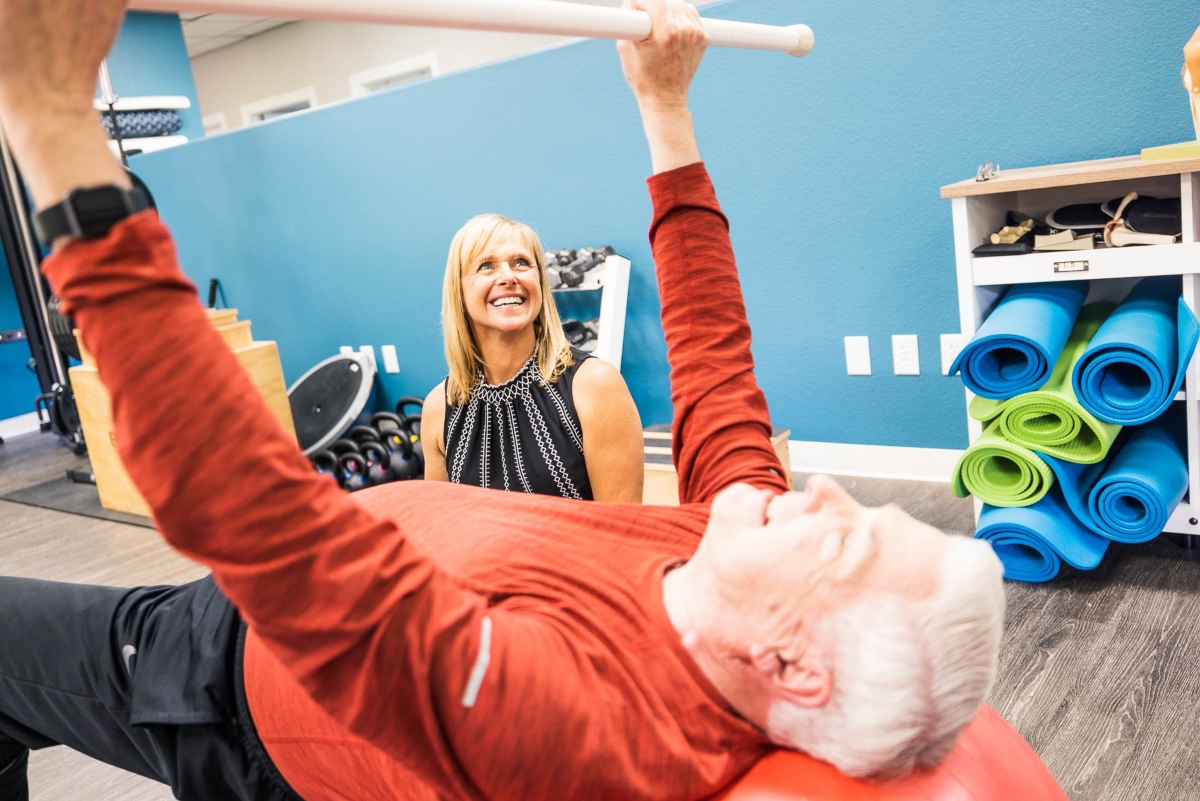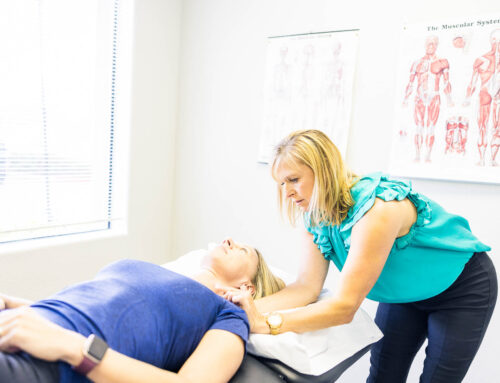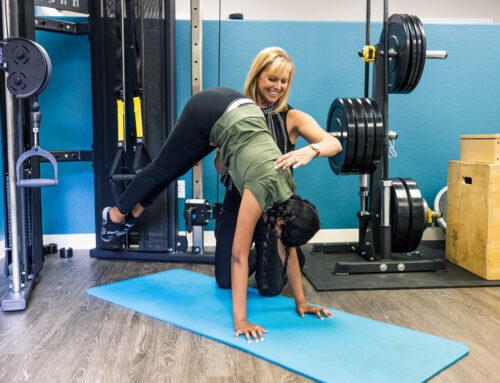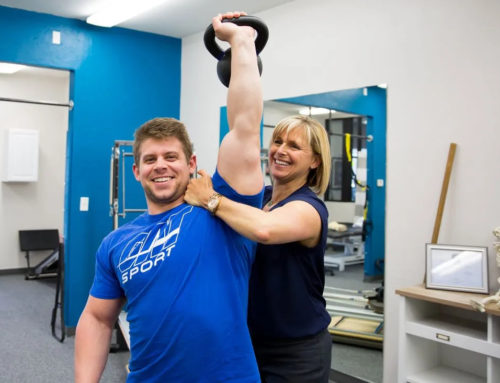Plantar fasciitis is a painful foot condition that can be debilitating and impact your daily life. Whether you’re an athlete striving for peak performance, a busy professional on your feet all day, or simply someone who enjoys an active lifestyle, plantar fasciitis is a condition that can really slow you down. Fortunately, there is something you can do to avoid getting the condition or alleviate symptoms: work on your core stability.
What is Plantar Fasciitis?
Before diving into the importance of core stability, let’s take a moment to understand what plantar fasciitis is. It’s a common condition characterized by inflammation and pain in the thick band of tissue that runs along the bottom of your foot, known as the plantar fascia. This condition often presents itself as sharp heel pain, especially in the morning or after prolonged periods of rest.
The Role of Core Stability in Preventing or Relieving Plantar Fasciitis
Now, you might be wondering, “What does my core have to do with my feet?” The answer lies in the intricate interconnectedness of our bodies. Core stability refers to the strength and endurance of the muscles in your abdomen, lower back, and pelvis. These muscles work together to provide a stable foundation for your body’s movements, transferring force and ensuring proper biomechanics throughout your body.
Here’s how core stability plays a crucial role in plantar fasciitis relief and prevention:
1. Improved Glute Strength
A big part of relieving or preventing plantar fasciitis is glute strength and hip positioning. When the glutes are weak, the pressure with each step falls on the inside of the foot straining the plantar fascia. Having strong glutes keeps your stride in alignment and prevents those foot muscles and tendons from getting fatigued.
2. Balanced Weight Distribution
Core stability contributes to balanced weight distribution across your body. Weak core muscles may cause you to favor one leg over the other, leading to uneven weight distribution. Over time, this imbalance can lead to overuse of certain foot muscles, making them more susceptible to injury, including plantar fasciitis. Strengthening your core helps distribute your weight evenly, reducing the risk of overloading your feet.
3. Enhanced Shock Absorption
Our bodies are subjected to shock with every step we take, especially during high-impact activities like running or jumping. A strong core assists in shock absorption by ensuring that forces generated during movement are properly distributed throughout your body. When your core is weak, your feet may have to work overtime to compensate for this lack of stability, increasing the risk of plantar fasciitis.
4. Better Gait Mechanics
Your gait, or the way you walk, is heavily influenced by the strength and stability of your core muscles. Weak core muscles can lead to an abnormal gait, causing excessive stress on the plantar fascia. By improving your core stability, you can correct your gait mechanics, reducing the risk of plantar fasciitis and associated pain.
5 Exercises You Wouldn’t Expect for Plantar Fasciitis
Now that you understand the vital role of core stability in preventing and alleviating plantar fasciitis, let’s explore some core-strengthening exercises that can help. Remember, the core is not just your abs, but also your pelvis, glutes and thighs. The “core” is made up of this entire kinetic chain working together.
Lumbar Stabilization:
Lie face down and place a couple of pillows under your hips and a rolled towel between your thighs. Engage your core muscles by tightening your abdominal muscles and then squeeze your glutes and engage your hip and leg muscles to lift them slightly off the ground. It is very important to maintain a neutral spine! This is not a “Superman”. The movement is subtle and more of a tightening than a lift. This exercise helps strengthen the muscles supporting your lower back, promoting stability.
Side-Step:
Side-steps help work your glutes and the outsides of your thighs. Using a band creates more resistance and makes it harder. You can place the band in one of three zones depending on your challenge level. When you do the side-step motion, you want to be sure and keep your shoulders up and level as if you are walking with a clothesline through your shirt. A few back and forths across the floor with these and you will really feel it in your glutes!
Clams:
Named for the way your legs and hips resemble a clam shell when performing the movement, this exercise will strengthen your hips and thighs while also stabilizing your pelvic muscles and toning your glutes.
Squats with a Band:
Oftentimes people will collapse their knees in or push them out when doing a squat. This can cause injury, so the way to ensure you are doing a proper squat is to use a band. Placing a low resistance band just above the knees will give you something to push into. This will help train your form to keep your knees forward as you squat down and push your booty back.
Short Foot:
This is an important exercise for anyone suffering from plantar fasciitis. Many people have a pronated position of the foot where the inside of the foot goes down, and this can cause foot, ankle, and knee pain. To do the “short foot” exercise, think about the knuckle of the big toe being on the ground as you use your muscles to lift that arch and hold it.
As your core strength improves, you’ll not only reduce the risk of plantar fasciitis but also enhance your overall physical performance and well-being.
Plantar fasciitis can be a painful and limiting condition, but you don’t have to let it control your life. By understanding the crucial role of core stability and incorporating core-strengthening exercises into your routine, you can significantly reduce the risk of developing plantar fasciitis or find relief if you’re already dealing with it.
Remember that consistency is key when it comes to strengthening your core. As a physical therapy practice in Reno, we encourage you to take proactive steps to protect your feet and overall musculoskeletal health. Strong core muscles will not only benefit your feet but also improve your posture, balance, and overall quality of life. So, embrace the power of your core and get yourself stronger than yesterday!





